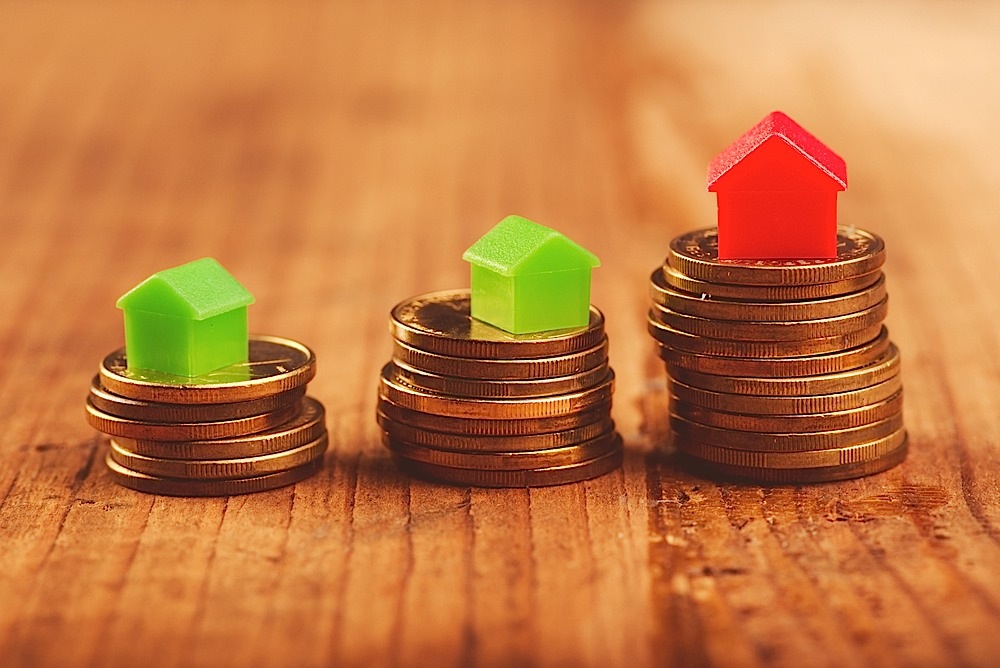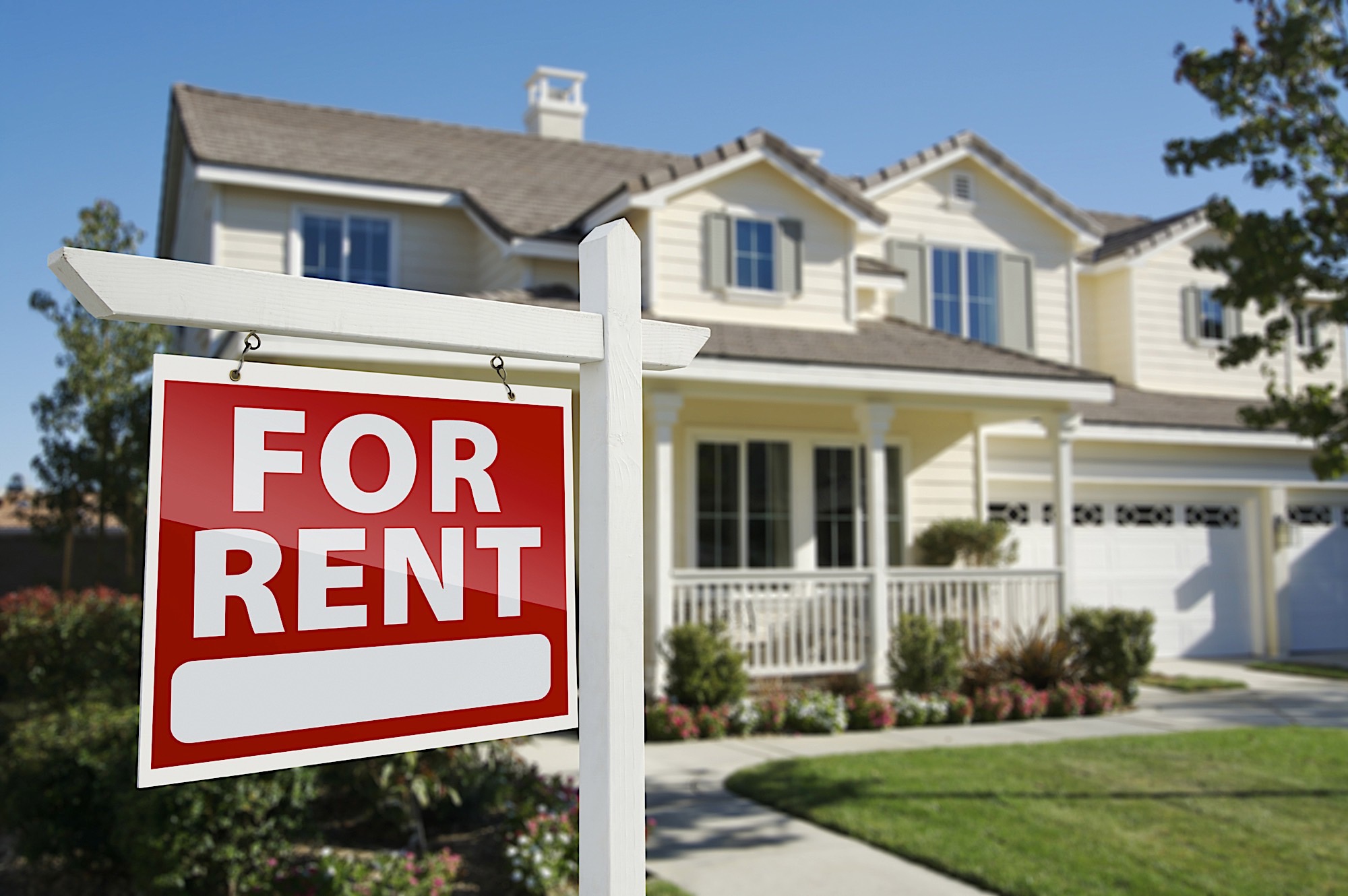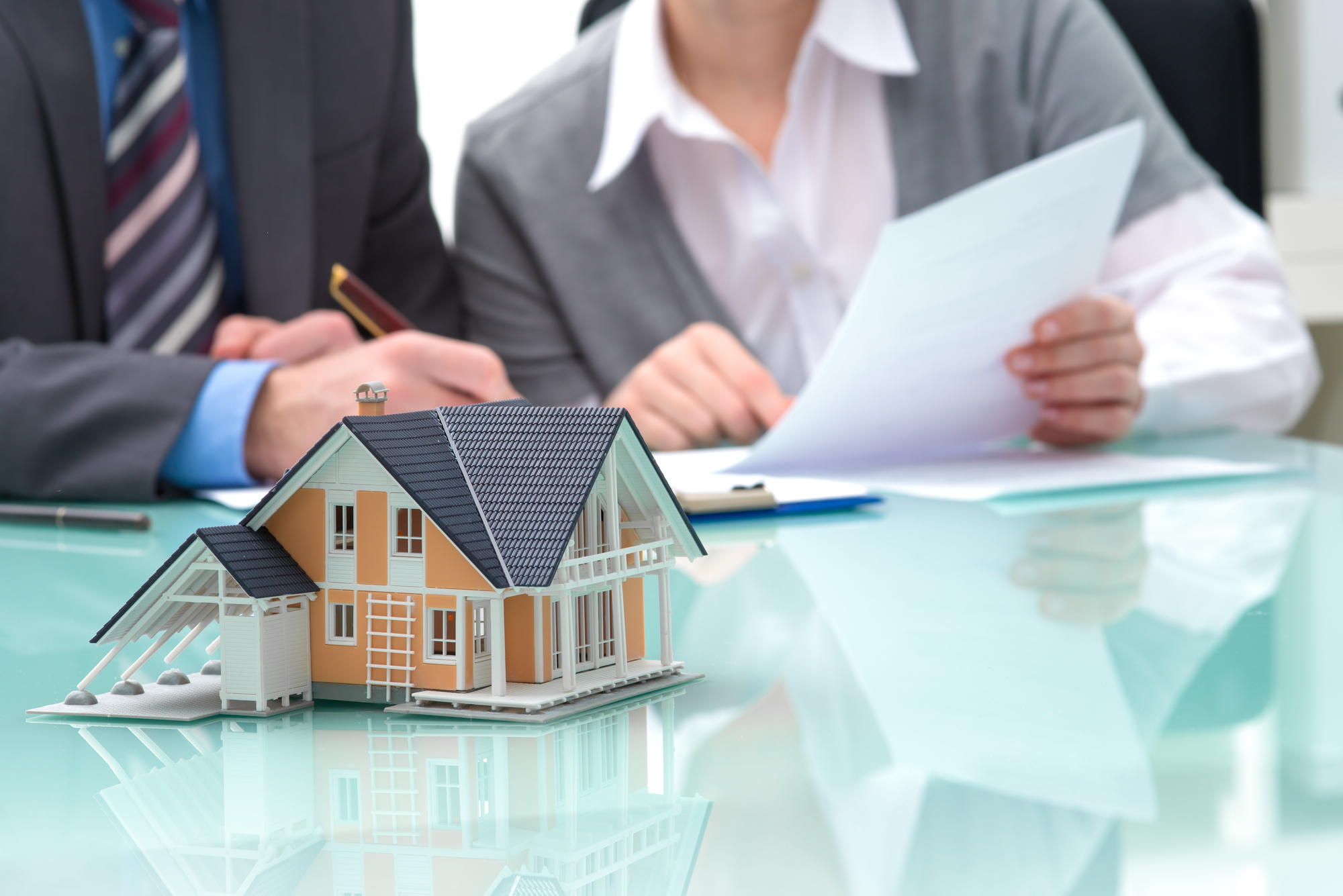In real estate numbers are everything. You can personally love a property but if the numbers don’t work you need to walk away. When you come across a new property how quickly you can process all of the data and assign a value is critical. Although value is always at least partially subjective there are a few key indicators you should use as a guide. Only when you put everything together and come up with an estimated value should you move forward with an offer. Even though there is a lot to digest when determining property value it is an essential part of the investing business. Here are five items to help you determine property value.
- Seller Motivation. There is plenty of friendly debate in the real estate world as to exactly where you make your money. One camp insists you make it when you sell and the other based on the price point you buy. What can’t be argued is that the best deals are usually acquired from motivated sellers. In any transaction value is simply the number someone will pay for an item. This is often influenced by the motivation of the seller. If they have ample capital and can wait the market out they will not be inclined accepting the first offer that comes their way. On the flip side if they are delinquent on their mortgage or in the midst of a divorce they are more likely to want to sell quickly and without hassle. Knowing the motivation of a seller will help define your value and give you an inside track on the deal.
- Comparable Sales. Regardless of the item it is human nature to rely on previous sales to determine value. This is the case whether we are talking about baseball cards, comic books or real estate. All buyers look at previous transactions as a starting point for future offers. They pit the past sales price against their notion of value and either defend or support it. In real estate the more local sales data you have the better idea of what kind of value you may be dealing with. It is important to remember to always compare apples to apples. A sale five miles away may not be a true indicator of what you may be able to sell your property for. The closer the sale is and the more similar in size, room count and style the more reliable the comparable sale is. Where many investors go wrong in estimating value is assigning too high a number for improvements. Upgrades are always nice but if they exceed what has sold in the market it may not make too much of a difference.
- Property Info. Everything starts with the property itself. It is important neve to trust data you get from outside sources. You can get a good idea of what a property is about by what you find online but you still need to do your own homework. Walk the property and gather as much information as you can on the square footage, room count, layout and any other amenities you see. Always look for places where you can add value. Does the property have the potential for an extra bathroom or bedroom without breaking the budget? Can you knock down a wall and open up the kitchen or living room? These changes take some experience but always look at the “bones” of a property instead of what you see on the surface. You also need to factor in the strength of the local market. A solid property in the right market can do more to improve property value than almost anything else you can do. You can have the best property in the world but if it is in a poor area you won’t have the value you are looking for.
- Exit Strategy. If you show a property to two different investors they could have two completely different opinions on the value. With real estate investing value is not necessarily the price you can buy a property for but what you can do with it. When determining your value it is important to always consider the exit strategy. Generally speaking the more options you have the more valuable the property will be. If the exit strategies are limited you may want to reduce your offer price and lower your value estimation. As is the case with every aspect of real estate you always want to take a conservation approach with your numbers. You may think your after repair value will be one number but what do you need to make that happen. If you need multiple things to break right the value may not be as strong as you think. Exit strategy and value often go hand in hand.
- Carrying Costs. A final step in estimating value is understanding what it costs to realize your end value. If you plan on rehabbing the property you need to know all of the carrying costs and any variables associated. You can have a great property but if the oil tank needs to be removed this has to be factored into your value. Getting a 50% discount on a property may sound like a deal but what are the costs in getting the property the way you want? If the costs are too high you can end up disappointed in the bottom line regardless of your purchase price.
Only when you know and understand everything about the property, deal and market can you begin to form a value. Mastering these five items will give you a good head start valuing your next property.






